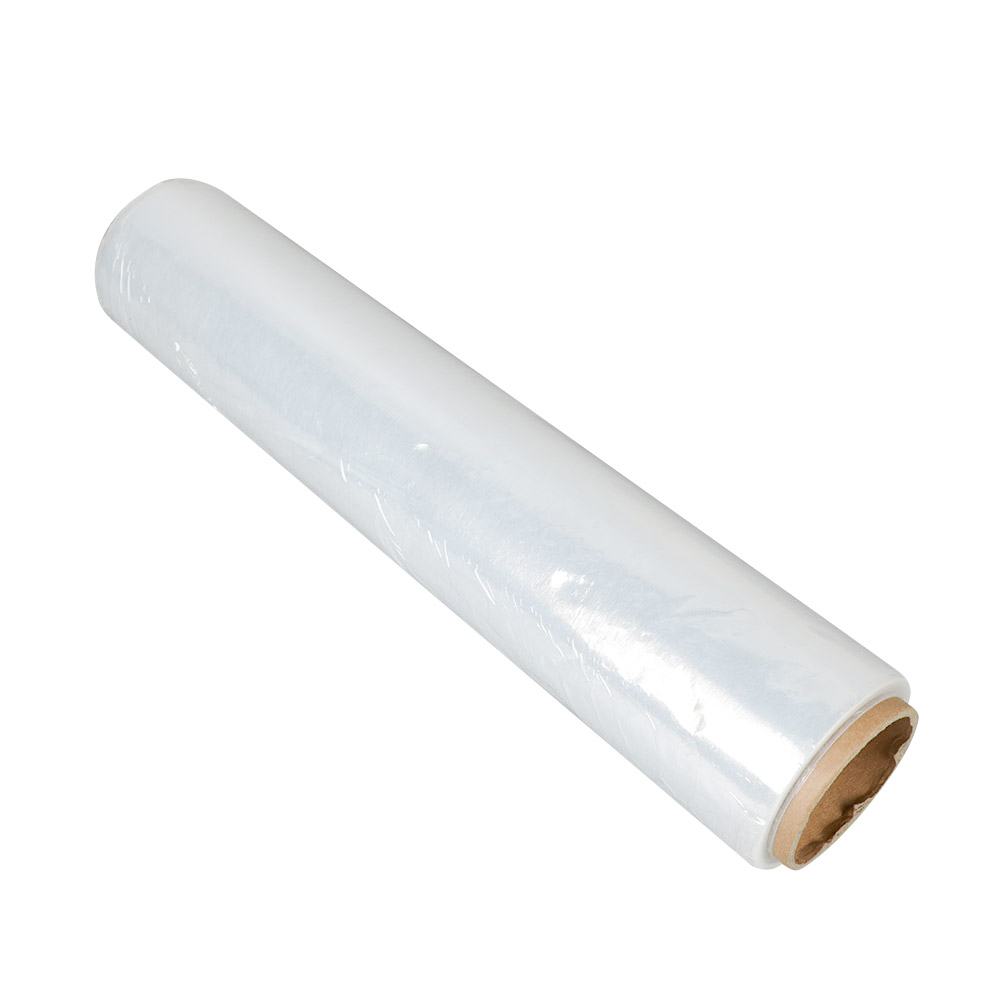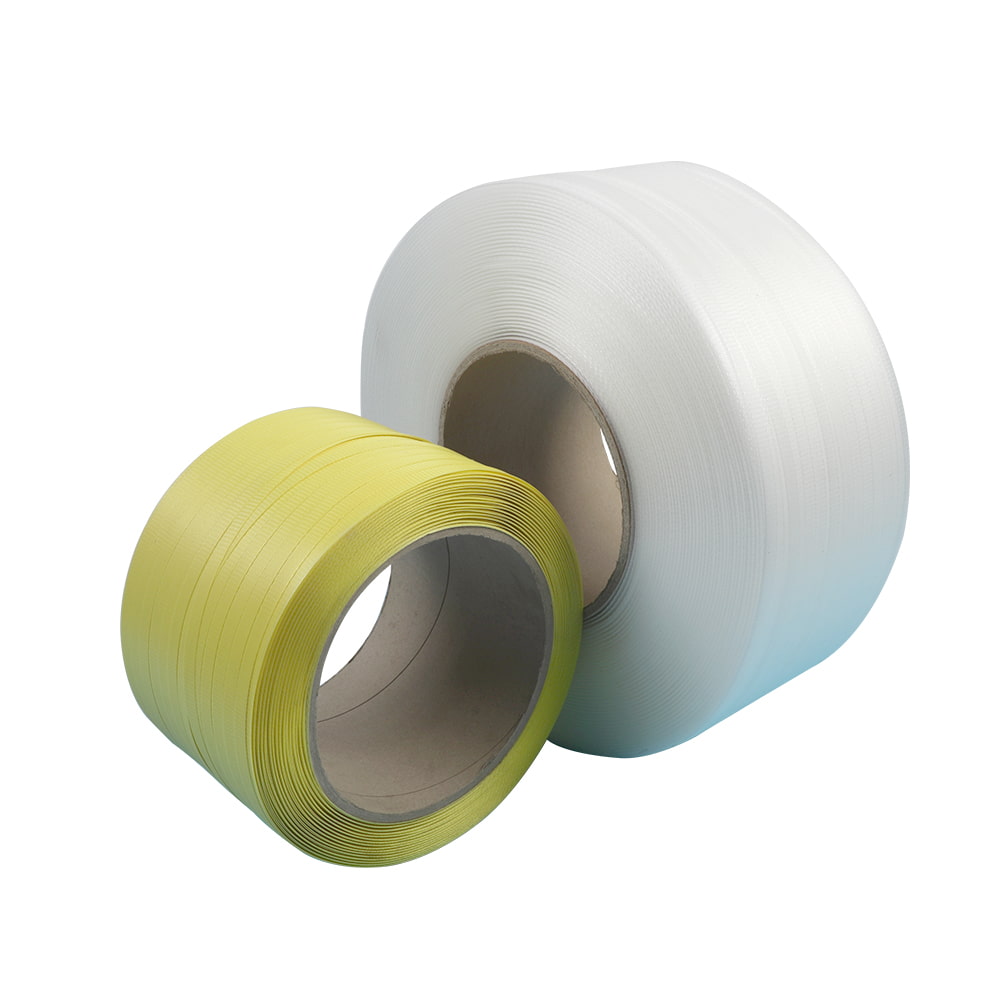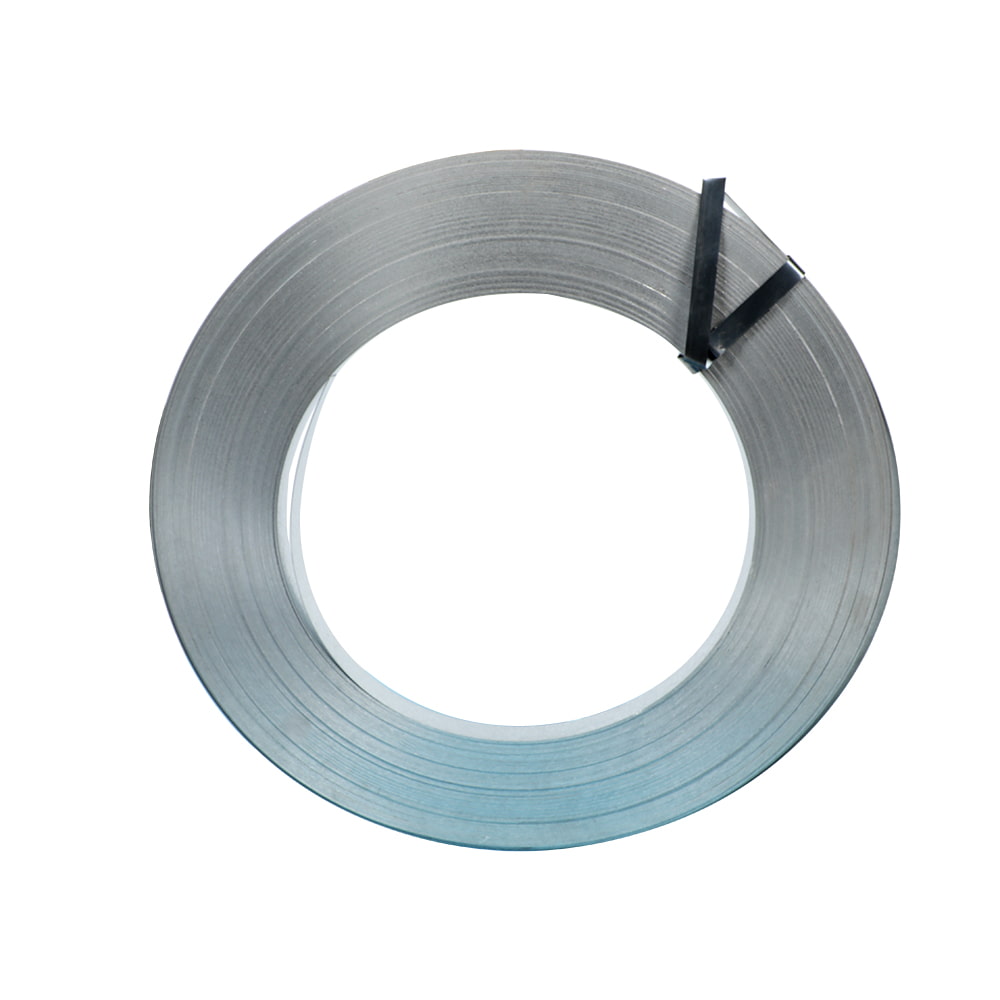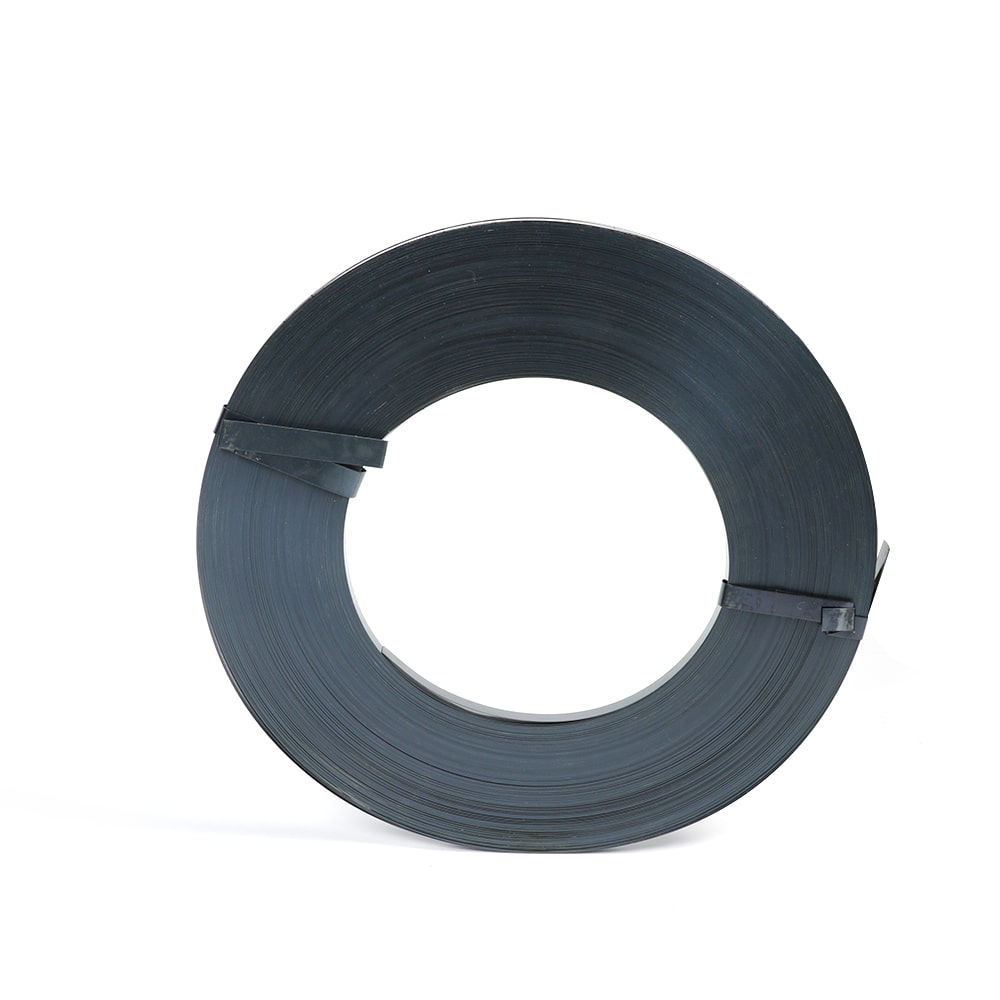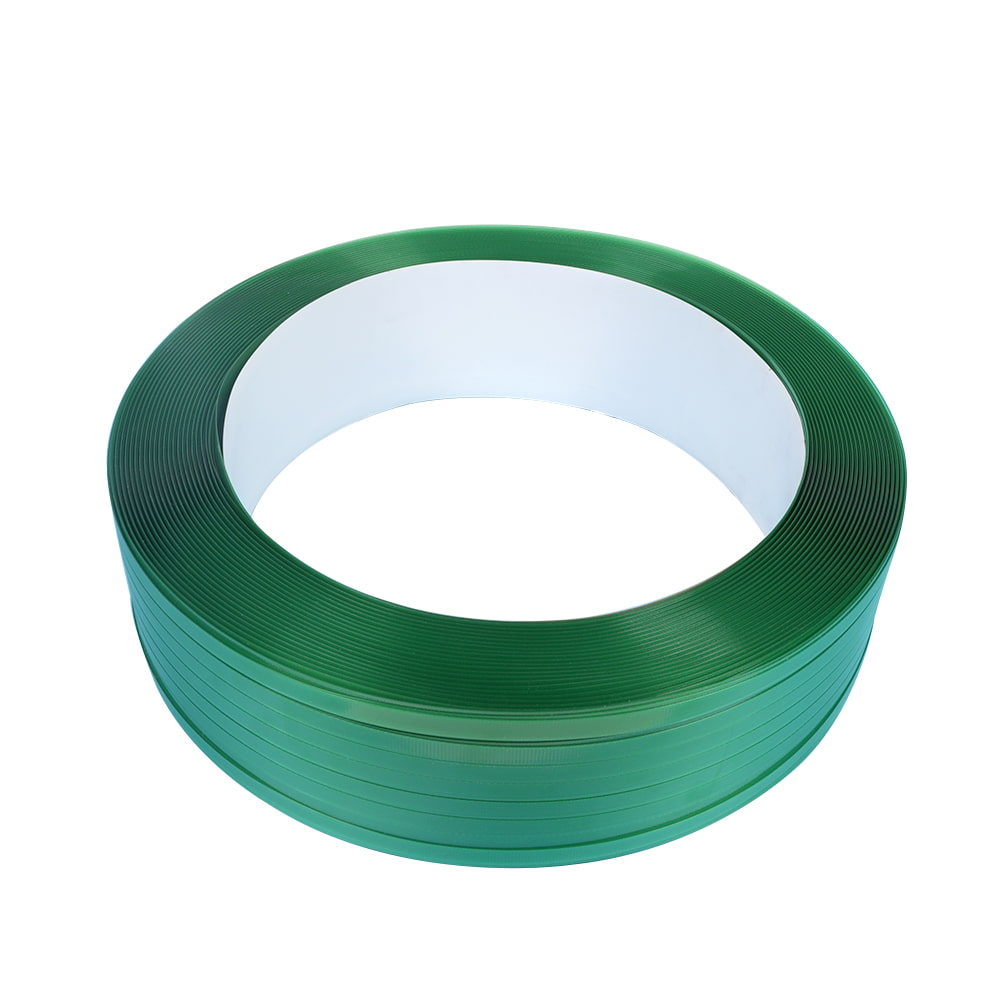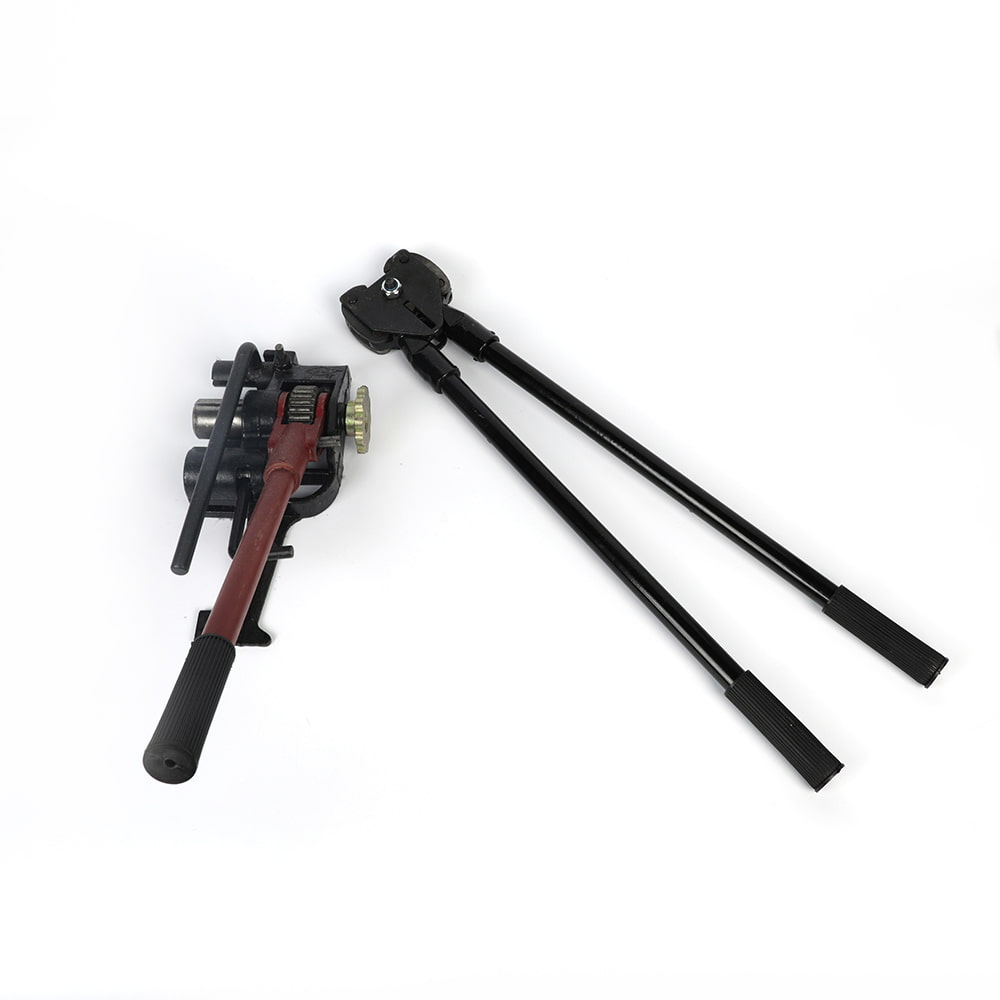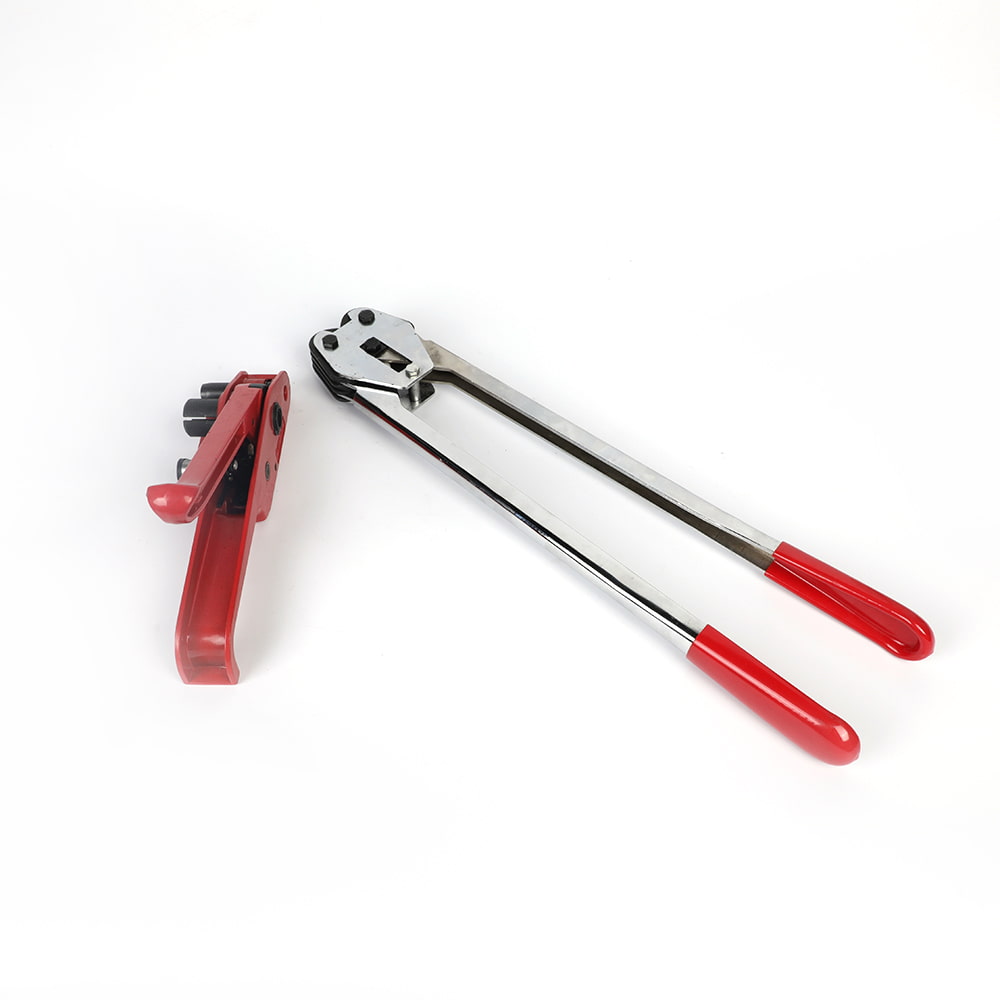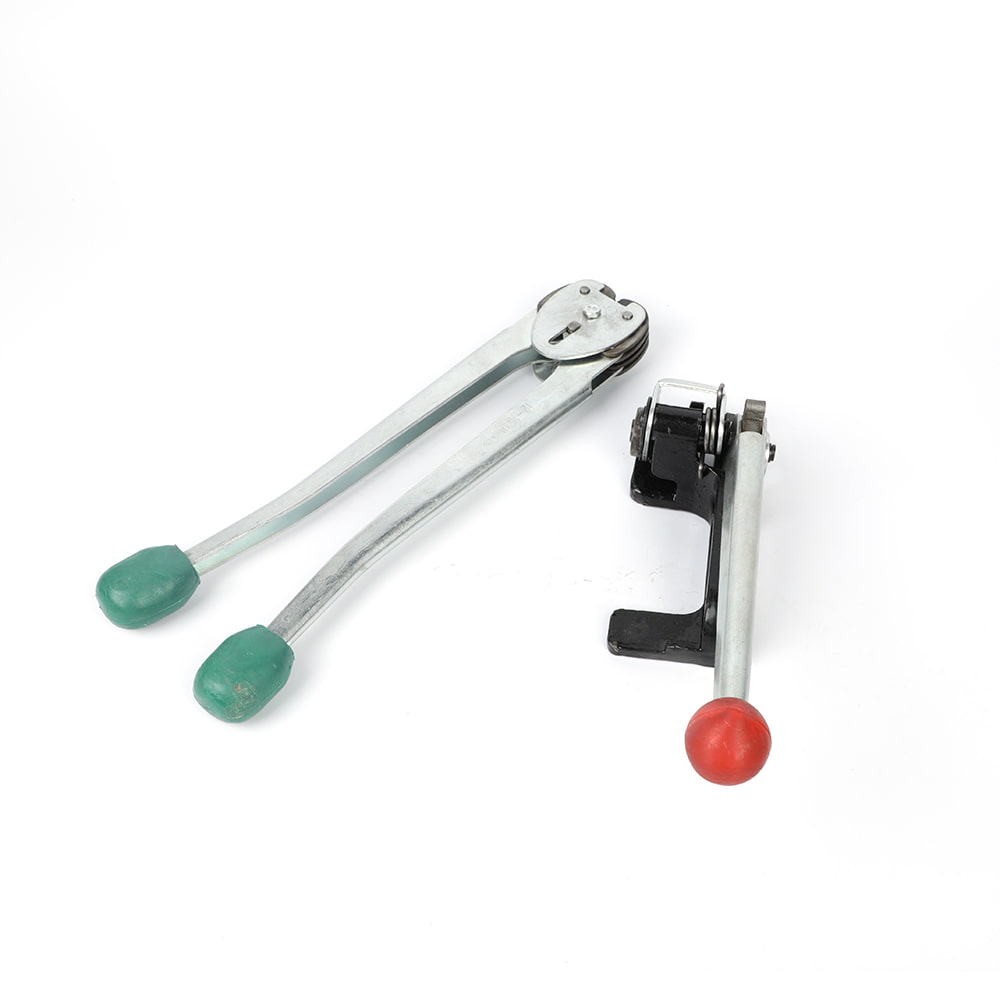Tailoring Steel Strapping Machines for Unique Packaging Needs
Author:admin Date:2023-10-12
Tailoring steel strapping machines for unique packaging needs involves customizing these machines to meet specific requirements and challenges that may not be addressed by standard off-the-shelf equipment. This process typically involves selecting the right type of strapping machine, adjusting settings, and possibly incorporating additional features or modifications. Here are the key steps involved in tailoring steel strapping machines for unique packaging needs:
Assessment of Unique Packaging Needs:
Start by thoroughly assessing your unique packaging requirements. Consider factors such as the type of products or loads to be strapped, the environment in which the strapping machine will operate, production volume, and any special constraints or challenges.
Selecting the Right Strapping Machine Type:
Choose the appropriate type of steel strapping machine that aligns with your specific needs. Common types include semi-automatic and automatic machines, as well as different strapping methods like manual hand tools, friction weld strapping tools, and pneumatic or battery-powered strapping machines.
Adjusting Tension and Sealing Settings:
Steel strapping machines often have adjustable tension and sealing settings. Depending on the product or load, you may need to fine-tune these settings to ensure the straps are applied with the right level of tension and securely sealed. Different products may require different tension levels.
Selecting the Right Strapping Material:
Choose the appropriate steel strapping material (size and thickness) that suits your unique packaging needs. Heavier or larger loads may require thicker and wider straps for added strength.
Integrating Custom Features or Modifications:
In some cases, you may need to incorporate custom features or modifications to the strapping machine. For example:
Customized arch sizes or configurations to accommodate irregularly shaped products.
Modifications to handle high-temperature or corrosive environments.
Integration with automated conveyor systems for seamless, high-volume production.
Custom safety features or controls to meet specific safety standards or requirements.
Operator Training:
Ensure that your staff is trained to operate the customized strapping machine safely and effectively. This may involve training on how to make adjustments and perform routine maintenance.
Regular Maintenance and Support:
Implement a regular maintenance schedule to keep the machine in optimal condition. Preventive maintenance can help avoid downtime and extend the life of the equipment. You may also need access to technical support for troubleshooting and repairs when necessary.
Testing and Quality Control:
Test the customized strapping machine on various products or loads to ensure it consistently meets your packaging needs. Perform quality control checks to verify the strapping's strength and integrity.
Documentation and Compliance:
Keep thorough documentation of the machine's customizations, maintenance records, and any regulatory or safety compliance standards the machine must meet.
Continuous Improvement:
Continuously monitor and evaluate the performance of the customized strapping machine. Be open to further adjustments or improvements as your packaging needs evolve.
Tailoring steel strapping machines for unique packaging needs is crucial for ensuring efficient and secure packaging of your products. Work closely with manufacturers or suppliers who have expertise in strapping equipment to design, customize, and maintain the machines effectively.
Assessment of Unique Packaging Needs:
Start by thoroughly assessing your unique packaging requirements. Consider factors such as the type of products or loads to be strapped, the environment in which the strapping machine will operate, production volume, and any special constraints or challenges.
Selecting the Right Strapping Machine Type:
Choose the appropriate type of steel strapping machine that aligns with your specific needs. Common types include semi-automatic and automatic machines, as well as different strapping methods like manual hand tools, friction weld strapping tools, and pneumatic or battery-powered strapping machines.
Adjusting Tension and Sealing Settings:
Steel strapping machines often have adjustable tension and sealing settings. Depending on the product or load, you may need to fine-tune these settings to ensure the straps are applied with the right level of tension and securely sealed. Different products may require different tension levels.
Selecting the Right Strapping Material:
Choose the appropriate steel strapping material (size and thickness) that suits your unique packaging needs. Heavier or larger loads may require thicker and wider straps for added strength.
Integrating Custom Features or Modifications:
In some cases, you may need to incorporate custom features or modifications to the strapping machine. For example:
Customized arch sizes or configurations to accommodate irregularly shaped products.
Modifications to handle high-temperature or corrosive environments.
Integration with automated conveyor systems for seamless, high-volume production.
Custom safety features or controls to meet specific safety standards or requirements.
Operator Training:
Ensure that your staff is trained to operate the customized strapping machine safely and effectively. This may involve training on how to make adjustments and perform routine maintenance.
Regular Maintenance and Support:
Implement a regular maintenance schedule to keep the machine in optimal condition. Preventive maintenance can help avoid downtime and extend the life of the equipment. You may also need access to technical support for troubleshooting and repairs when necessary.
Testing and Quality Control:
Test the customized strapping machine on various products or loads to ensure it consistently meets your packaging needs. Perform quality control checks to verify the strapping's strength and integrity.
Documentation and Compliance:
Keep thorough documentation of the machine's customizations, maintenance records, and any regulatory or safety compliance standards the machine must meet.
Continuous Improvement:
Continuously monitor and evaluate the performance of the customized strapping machine. Be open to further adjustments or improvements as your packaging needs evolve.
Tailoring steel strapping machines for unique packaging needs is crucial for ensuring efficient and secure packaging of your products. Work closely with manufacturers or suppliers who have expertise in strapping equipment to design, customize, and maintain the machines effectively.

 EN
EN 
 English
English 中文简体
中文简体

